|
Visiting
Mendoza, Argentina
Part 2: Cheval des Andes
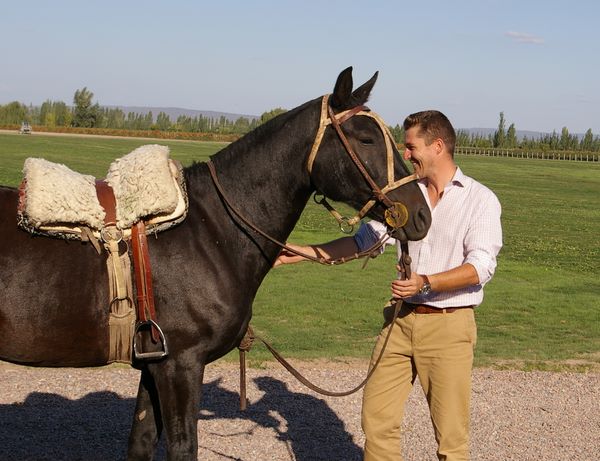
Nicolas
Audebert, winemaker, with horse
Cheval
des Andes is a high-end wine project that’s a collaboration
between (LVMH’s) Terrazas de los Andes and Pierre Lurton of Cheval
Blanc. The joint venture was proposed by Pierre in 1999 when he
realized the potential for top quality wines that existed in
privileged sites in Mendoza.
It
was our first visit in Argentina, and we were welcomed by Nicolas
Audebert, the young-ish French winemaker who has an illustrious
track record, including spells at Veuve Clicquot and Krug, as well
as his ongoing role at Cheval Blanc.
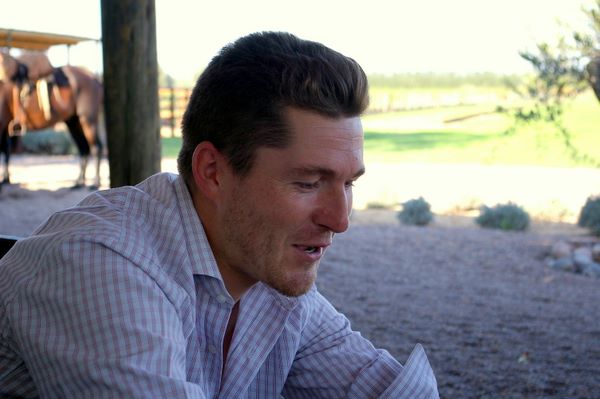
Nicolas
explains that while it might look strange that Pierre Lurton should
come to Argentina to work with Malbec, before phylloxera Malbec was
actually one of the most important grapes in Bordeaux. In 1855 when
the famous Medoc classification was established, the Grand Crus all
had 20–40% Malbec in their vineyards, and Cheval Blanc had a high
proportion too.
There
were problems after phylloxera with bad selection of vegetal
material and poor grafting, and so little by little Malbec was
replaced by Merlot. But Malbec has found a new home in Mendoza.
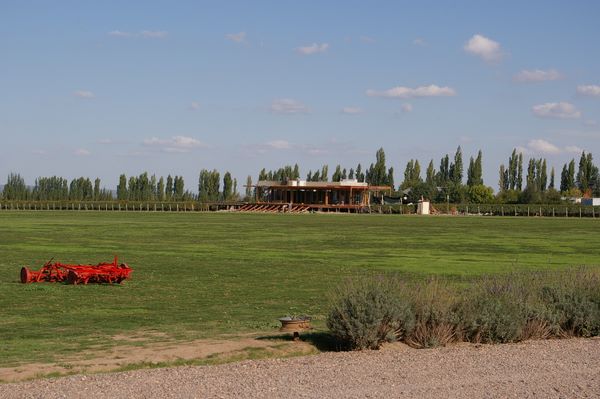
The polo
field, with clubhouse under construction
Of
course, Mendoza is very different to St Emilion. The Cheval des
Andes vineyards are in a desert region at an elevation of 1100
metres. ‘It’s like making one wine on earth and the other on the
moon’, says Nicolas. It’s because the terroirs are so different
that Pierre embarked on a joint venture rather than going it alone:
he wanted to make use of the local expertise.
Cheval
comes from around 50 hectares of vineyards: 36 hectares in Vistalba,
which is the site we visited, and 15 hectares at La Consulta, 100 km
to the south, but at the same altitude. Nicolas had some horses
saddled up when we arrived, and the idea was we’d ride around the
vineyard. I was the only one willing to give it a go; the others
went round in a sort of pony trap. It was a nice, if slightly
uncomfortable, way to get around. Nicolas is a very competent horse
man and plays polo. At one point he galloped off to see how the
others were doing; my horse made as if to follow, but a strong yank
on the lead fortunately persuaded it to slow down again.
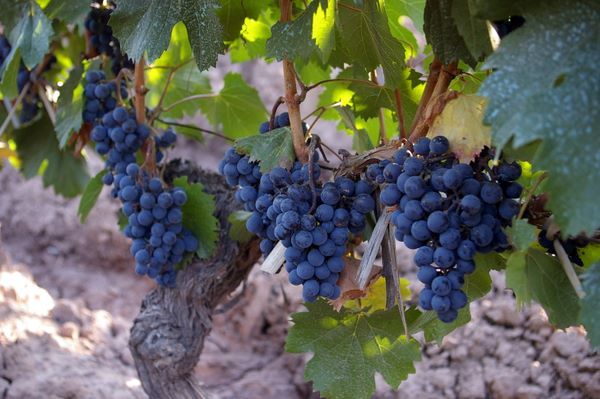
The
Vistalba vines are 80 years old, and are ungrafted. The vineyards
are flood irrigated, and this helps deal with any phylloxera risk.
With flood irrigation, it’s possible to simulate the effect of
rain, with big doses: a little trickle would encourage the roots to
remain close to the surface.
‘The
biggest challenge is being able to balance the right phenolic and
aromatic maturity without too high alcohol levels’, says Nicolas.
‘We are doing experiments taking out alcohol from the wine with
reverse osmosis’, he reveals. ‘Everyone is doing this: we will
typically take out 1%, but it’s an experiment at the moment’. He
adds that, ‘if it was authorized tomorrow, we’d do it on all the
wines: I think it’s fantastic’. But he emphasizes that if they
manage the vineyards properly they can get a good balance between
the phenolic maturity and the alcohol, and there’s lots that can
be done in the vineyard before they go to dealcoholization.
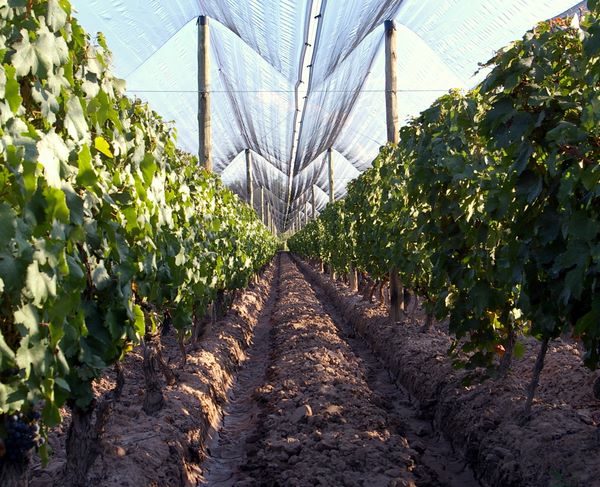
The
vineyards are netted against hail (above). This is a very
real threat here, but this netting isn’t cheap, costing around
US$13 000. It’s currently six years old. Viticultural conditions
here are quite benign otherwise, with low disease pressure and very
few insect pests.
Harvest
is by hand, with a double selection. The maceration is quite long at
3–4 weeks, and then malolactic is done in barrel, where the wine
stays for 18 months. The Cabernet is raised in new oak
We
tasted two vintages: the 1999, which Nicolas describes as ‘too
Argentine’, and the 2005.
Cheval
de Los Andes 1999
Slightly fading colour. Sweet, ripe, plummy nose with a stewed
edge. Soft, smooth and a bit porty on the palate with smooth
tannins. There’s a hint of meatiness to this. A ripe style with a
savoury edge. For current drinking. 89/100
Cheval
de Los Andes 2005
Vivid colour. Sweet, ripe, pure dark fruits on the nose with
some raspberry and blackberry jam notes, as well as an attractive
violet perfume. Sweet, seductive palate is ripe, pure and focused
with a bit of jamminess. Very pure and quite primary with freshness
and some good tannins. 91/100
Wines tasted 03/08
Find these wines with wine-searcher.com
Back
to top
|

